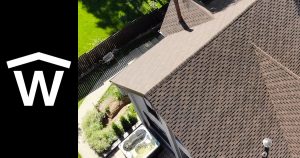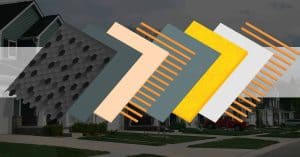New roof installations could be a nightmare scenario for any homeowner to experience if the roof were to fail only a couple of years after installation.
Depending on the time of year, a Calgarian might need a winter coat in the morning and a pair of shorts in the afternoon. These vast swings in temperature pose problems for roofers and homeowners alike.
Picking suitable materials for your roof in this climate is a tough decision (unless you do your research).
The general goal is to pick roofing materials that will last upwards of 15 years, given the climate that it is subject to.
Keep in mind, even the best roofing materials can fail with improper installation. Overall, you require experienced roofers that know what materials are needed to get the most out of the lifespan of your roof.
Factors that contribute to roof longevity

Climate
Depending on how much direct sun your roof receives each year, you might find that the shingles dry out and crack, causing a leak when it rains or a gap for mould to form. Climate is a big factor in the life expectancy of your roof.
A huge issue for roofs in Calgary is a phenomenon called thermal shock. This is when the roof reaches a high temperature during the day and an inversely cold one at night. The expanding and contracting roof can lose its structural integrity and deteriorate faster than usual.
The more regularly that it is cold, the higher chance that precipitation will fall as snow. Snow adds weight to your roof, and one that is not maintained or aged might not handle this well.
Calgary also gets blustery. Strong winds typically damage roofs in one of two ways, either by the sheer force of the wind itself or through the debris it picks up, carries, and throws against your roof.
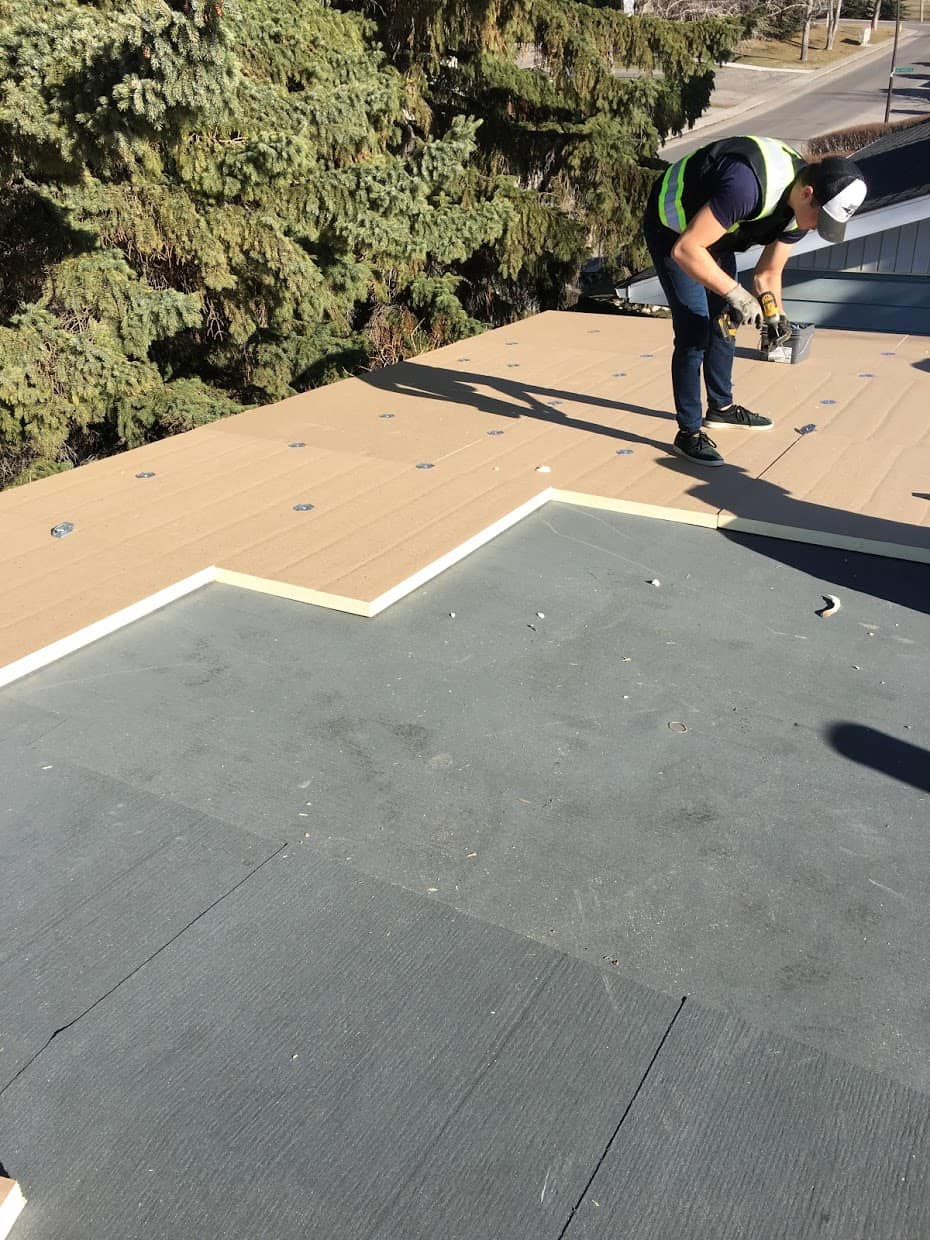
Materials
There are a variety of roofing products at various price points. Picking the lowest quality due to its price will perhaps not be a good idea eventually if you live in Calgary.
Higher quality asphalt shingles will last longer in the sun, crack and peel less, and in turn protect your home from the elements for more years. There are also many modern materials that through years of engineering have been designed to last a long time in a cost-effective way.
Further, the installation of appropriate underlayment is key to the life of your roof and the protection of your property. It is the backup protective layer for when your roof has become cracked or damaged.
It will prevent moisture buildup and mould issues and ensures that essential materials do not rot.
A lot of homeowners also fail to realize that the roof is a part of a system, so a new roof should make sure all parts of the roofing system are in tip-top shape. This includes proper flashing, soffits, drip edges, vents, gutters, chimneys, downspouts and more.
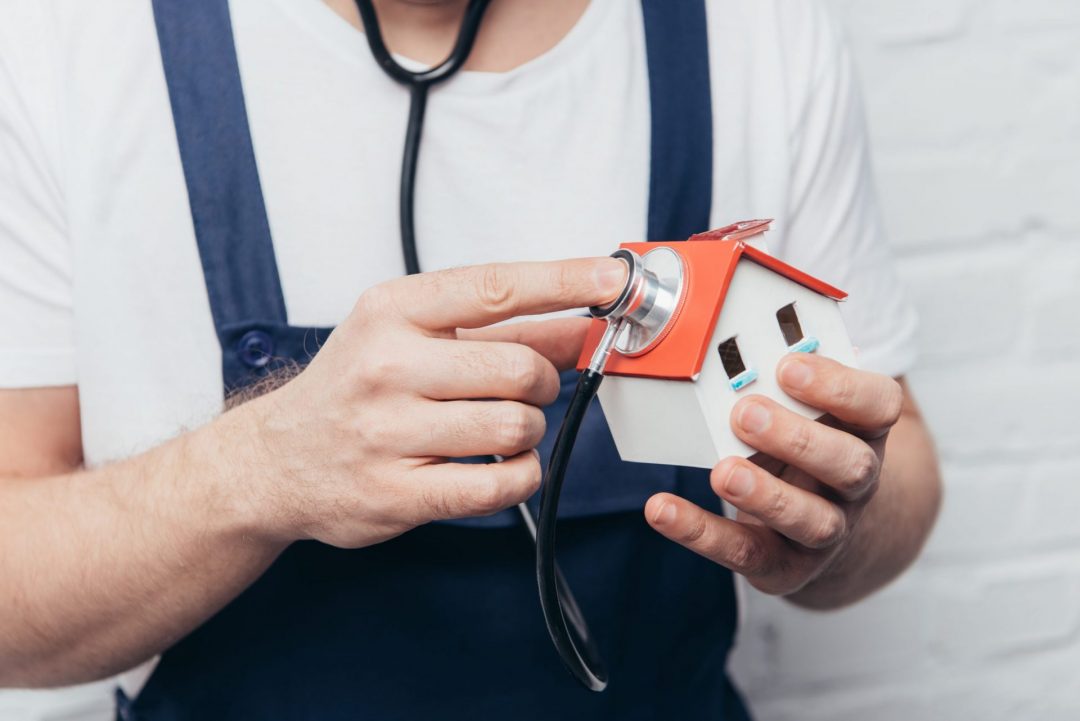
Inspection/upkeep
As a homeowner, you should always make sure there are no missing shingles or moss patches on your roof. However, it is also good to bring in a professional once a year to do a roofing inspection. Experienced roofers will determine any fixes that should or need to be done to save the roof from further damage.
Ventilation
All roof vents work by allowing outside air and heat to enter and exit through the attic. This creates attic ventilation that prevents moisture and condensation before it has a chance to damage the roof structure or insulation.
Without having a properly ventilated roof, you might be putting your home at risk for mould, ice dams, and structural damage. By installing proper ventilation in the roof, your home will be more energy-efficient, and you won’t have to worry about the potential side effects of not having adequate ventilation.
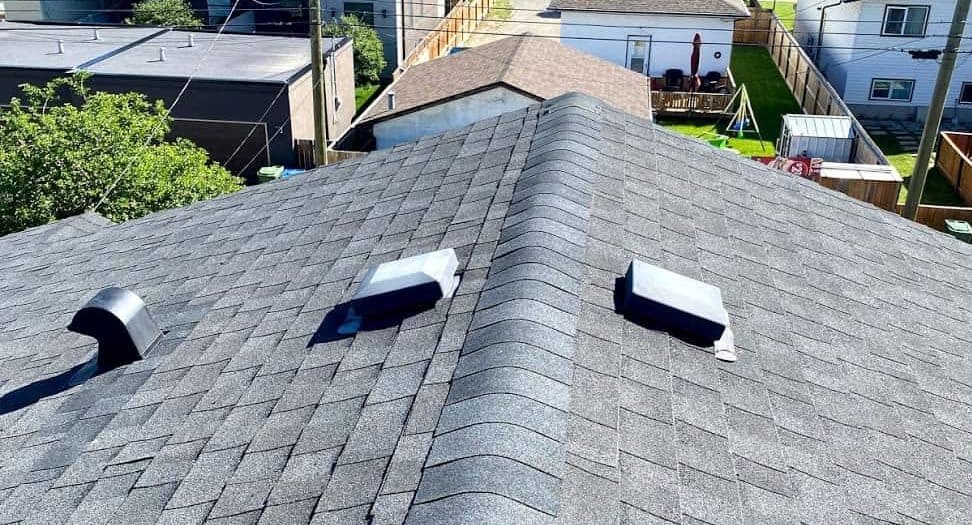

Type of roof/slope
Many types of roofs are out there. Usually, your home will be equipped for the one that best suits the climate where you live. However, if your roof has dips and bends, and it snows where you live, you will need to remove that snow almost as frequently as it falls.
If you live in a home with a flat roof, you should make sure that the drainage and ventilation are working throughout the winter.
What to look for when it’s time to replace your roof
There’s no magic number of when you should replace your roof. The history and age of the roof and outside elements (storms, rain, wind, and snow) play a critical role in how long your roof will last. It would be best if you always keep an eye out for:
- Missing granules on your shingles
- Moss
- Condition of the ventilation
- Curling shingles
- Roof Sagging
- Missing shingles
- The general age of the roof
If you live in the greater Calgary area and your home is subject to those weather conditions, such as extreme daytime heat, very low nighttime lows, snow, rain, and wind, you should always keep your finger on the pulse of your roof, or better yet have a roof inspectors come to your home when a concern arises.
Conclusion:
Depending on the materials you choose for your roof in Calgary, Alberta, it may last as long as 20 years, that is, whether you take proper care of it. With Whalley’s Four Seasons Roofing, we guarantee our roofs and partner with homeowners to make sure you can have your roof enjoy a long-lasting life.

